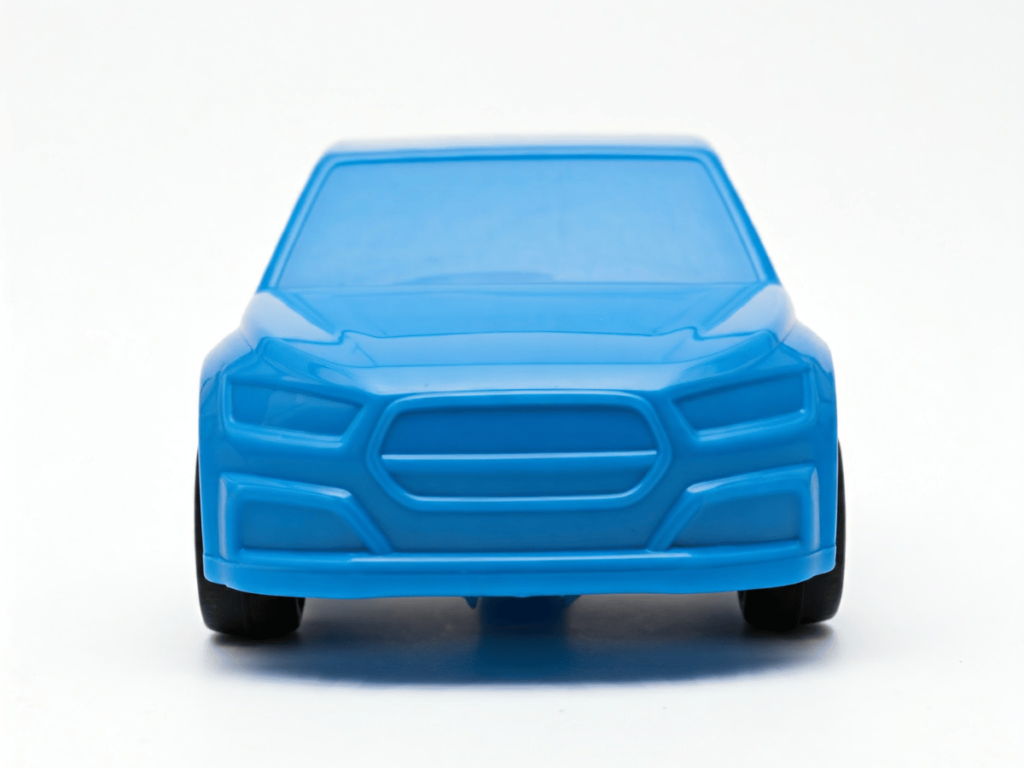
Rise in Need for Lightweight Vehicles owing to the Automotive Expansion
The automotive sector has experienced significant expansion, with more than 1.5 billion vehicles being used worldwide. However, this expansion has also sparked concerns regarding its effect on climate change and dependence on essential resources further led to adoption of bioplastics and composites for producing vehicles. The need for lightweight vehicles stems from various reasons such as fuel efficiency and reducing emissions. Manufacturers are looking for novel methods to decrease vehicle weight as stringent fuel economy standards and carbon emissions regulations worldwide.
For instance, global hybrid and electric vehicle (EV) sales to account for 59% of global light vehicle sales by 2030 will accelerates the demand for automotive plastic. In addition, the automotive plastics and polymer composites roadmap for future mobility is charting the path forward in autonomy, connectivity, circularity, electrification, shared mobility, and sustainability. Lighter vehicles not only increase fuel efficiency but also improve handling, acceleration, and braking capabilities. Modern plastics with equivalent strength but much lighter weight is replacing old-fashioned materials such as steel and aluminium.
Transforming Vehicle Design: The Impact of Automotive Plastics on Performance, Safety, and Sustainability
Automotive plastics market has significantly changed the way of vehicles made. Every part of the vehicles, from performance to aesthetics, is impacted by plastics. As more than 1,000 car parts and other vehicle parts are currently manufactured with plastics, which can be moulded together to eliminate the necessity for numerous parts, maintaining efficiency in manufacturing and reducing weight and all over efficiency. By replacing conventional metal parts with advanced or bioengineered plastics, manufacturers can achieve weight savings of up to 50%. This change improves fuel efficiency and reduces emissions, playing a critical role in achieving worldwide sustainability goals.
For instance, companies such as BMW and Ford have implemented plastic components in their latest models, showcasing the potential for weight reduction and enhanced performance. The integration of automotive plastics is transforming the way vehicles are designed by providing unmatched versatility in moulding and shaping, enabling the incorporation of new features such as lighter batteries, dent-resistant panels, and ergonomic components. Plastics such as polyester fibres in seatbelts and high-density polyethylene in fuel tanks contribute to enhancing safety in vehicles. Fibber-reinforced engineering plastic composites are 25-35% lighter than steel parts of equal strength. They improve comfort by designing custom seat shapes and enhancing steering wheel grips. Moreover, specific types of plastics have the ability to protect windshields against flying objects, increasing safety for passengers. In general, these progressions establish automotive plastics as a fundamental element in the future of lightweight vehicles.
Biodegradable Plastics are Revolutionizing Automotive Design and Sustainability Goals
Continuous advancements in automotive plastic technologies are shaping the future of lightweight vehicles. Researchers are more focused on formulations to boost important characteristics like heat durability and resistance to UV light. These advancements enable plastics to be incorporated in a variety of applications, from outer panels to detailed interior parts. Additive manufacturing, also known as 3D printing, is allowing manufacturers to produce intricate plastic parts with impressive accuracy and efficiency. This technology enables the creation of lightweight structures with more feasibility and cost effective over traditional techniques. Additionally, development and innovations in biodegradable plastics sourced from sustainable sources further fuels adoption in automotive plastic. Some prominent biobased polymers such as bio-polyamides, polylactic acid and bio-based polypropylene are widely used in automotive industry. Such products allow to choose a more sustainable option against traditional plastics, which derived from petroleum.
The ability of automotive vehicle manufacturers to lower their carbon footprint while still keeping up with consumer’s desire to have more environmentally friendly products will maintained through the implementation of bio-based plastic in vehicle design. Apart from this, a combination of different materials like plastics and metals to make parts with very unique characteristics such as electrical conductivity or heat resistance. These biobased materials are able to be incorporated in diverse automotive applications since their combination of strength, stiffness, and lightweight features. These biobased materials are well-suited for a range of automotive applications owing to their combination of strength, stiffness, and lightweight features.
Cultured manufacturing methods allow for the production of exclusive textures and colours, enhancing the visual attractiveness of vehicles. Despite of several benefits, automotive plastics come with various obstacles. Significant obstacles are presented by expensive materials, challenges in recycling, and different consumer attitudes. Furthermore, it is imperative for the sector to place a greater emphasis on creating more stringent rules and benchmarks for plastic utilization in order to guarantee the safety and efficiency of vehicles.
Collaborative Innovations: How Partnerships Are Advancing Automotive Plastics for a Greener Future
The emphasis on sustainability will propel the progress of bio-based and recyclable plastics. For instance, Dow enters recycling partnership with Italy-based Fiori Group, a company that collects and recycles automotive scrap addressing to environmental concerns and sustainability goals. The importance of automotive plastics will increase owing to the changing preferences. However, the rise in electric cars expansion will significantly require lighter materials to improve battery performance, results in adoption of automotive plastics. Partnerships between car manufacturing companies, scientists, and research centres will speed up advancements in automotive plastics, resulting in new materials and applications. Moreover, funding for research and development will aim at enhancing automotive plastics’ features like heat resistance, UV stability, and mechanical strength.
Pristine Market Insights strongly defines the overview of impact of adoption of automotive plastic on lightweight vehicles market propelled by increased in adoption of automotive plastics. While, automotive plastics are more than just another material option; they play a significant role in advancements in lighter vehicles. Plastics are reconstructing the landscape of automotive industry by providing substantial weight reduction, design versatility, durability, and improved safety features. The role of automotive plastics in the future of mobility will only strengthen as advancements in manufacturing and material science progress.


